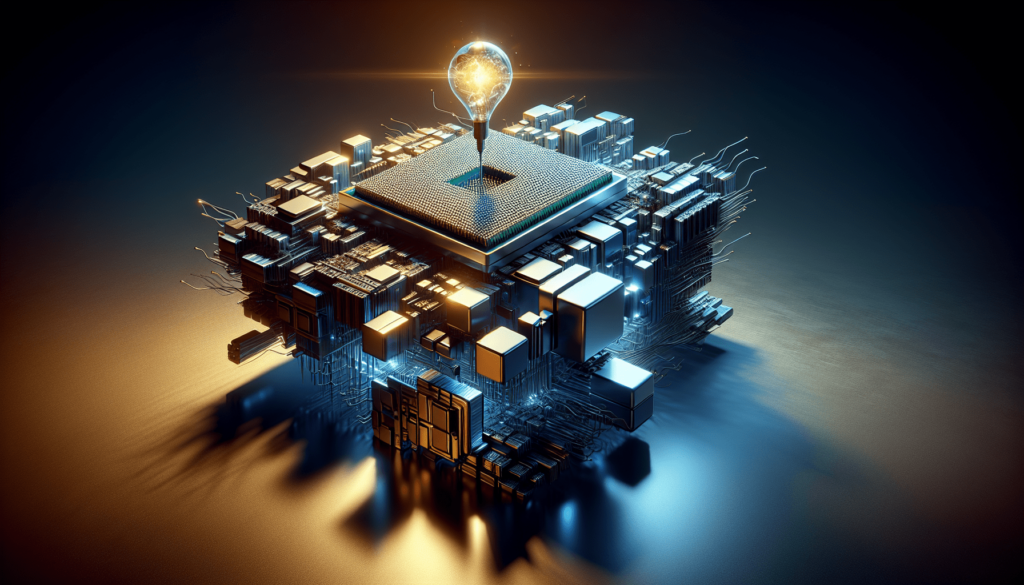
This article explores the differences between CPUs, TPUs, and GPUs and their roles in artificial intelligence. While CPUs may not lead in AI tasks, their role in system functionality remains vital. We will examine TPUs’ design, architecture, and AI processing strengths, including their ideal use cases. Additionally, we’ll cover GPUs’ versatility and their wide-ranging applications from gaming to complex computations. The article will also discuss the advantages and design considerations of combining TPUs and GPUs in a hybrid system. Finally, we’ll weigh the pros and cons, highlighting the need to match technology choices with specific AI application requirements. Let’s dive in and unravel the world of CPUs, TPUs, and GPUs in the context of advancing AI technologies.
Introduction
I have always been fascinated by the advancements in AI technologies and their impact on various industries. As AI continues to evolve and shape our world, the role of hardware components like CPUs, GPUs, and TPUs becomes crucial in enabling powerful AI capabilities. In this blog, I aim to shed light on the distinctions and applications of these components, specifically focusing on the Google’s TPUs and Nvidia GPUs.
Understanding CPUs, TPUs, and GPUs
Before we dive into the specifics of TPUs and GPUs, let’s start with a brief overview of what CPUs, TPUs, and GPUs are and their primary functions in the realm of AI and computing.
The Central Processing Unit (CPU) is the brain of a computer system, responsible for executing instructions and coordinating various tasks. While CPUs play a vital role in overall system functionality, their performance may not be optimized for AI model training or inference tasks. However, they are indispensable for tasks that require sequential processing.
On the other hand, TPUs, or Tensor Processing Units, are specialized integrated circuits designed to accelerate machine learning workloads. Google is a leader in TPU technology, with TPUs offering reduced training costs compared to GPUs. TPUs excel in matrix computations, making them faster and more energy-efficient than GPUs for neural network inference tasks. They also provide high-performance capabilities and large memory capacity for machine learning tasks.
Nvidia GPUs, or Graphics Processing Units, are known for their versatile nature and broad application spectrum. Initially designed for rendering complex images in the gaming industry, GPUs have found extensive use in AI and complex computational tasks. GPUs are preferred due to their flexibility and parallel processing prowess, making them suitable for a wide range of AI applications.
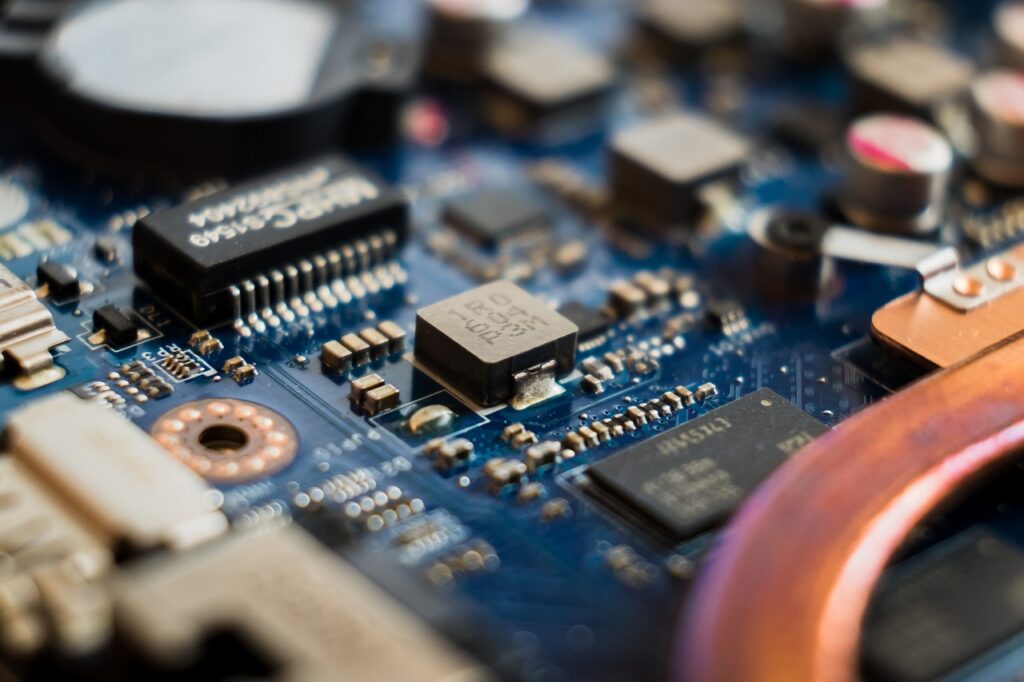
This image is property of pixabay.com.
TPUs: Revolutionizing AI Processing
Now let’s delve into the world of TPUs and their revolutionary impact on AI processing. The design and architecture of TPUs are specifically tailored to cater to AI tasks, making them highly efficient and capable of handling complex workloads.
One of the key aspects that sets TPUs apart is their specialized capabilities for AI tasks. TPUs excel in scenarios where there are dominant matrix computations and extensive training times. These specialized circuits are optimized to perform operations on large matrices efficiently, enabling more rapid processing and reducing training time significantly.
TPUs have emerged as the go-to choice for deep learning model training and AI inference tasks. Their tailored design offers unparalleled performance and efficiency, enabling researchers and developers to accelerate their AI workflows.
Nvidia GPUs: The Versatile Powerhouses
While TPUs have revolutionized the AI processing landscape, Nvidia GPUs remain versatile powerhouses with a broad application spectrum. Initially developed for gaming, Nvidia GPUs have proved their worth in various industries, including AI and complex computational tasks.
One of the key advantages of Nvidia GPUs is their general-purpose nature. Unlike specialized TPUs, GPUs are designed to perform a wide range of tasks, making them suitable for different domains. Whether it’s gaming, scientific simulations, or AI applications, GPUs offer the flexibility to handle diverse workloads.
The parallel processing prowess of Nvidia GPUs is another factor that makes them a popular choice. With thousands of processing cores, GPUs excel in tasks that can be divided into smaller, parallelizable computations. This parallel processing capability enhances the performance of AI algorithms and accelerates complex computations.
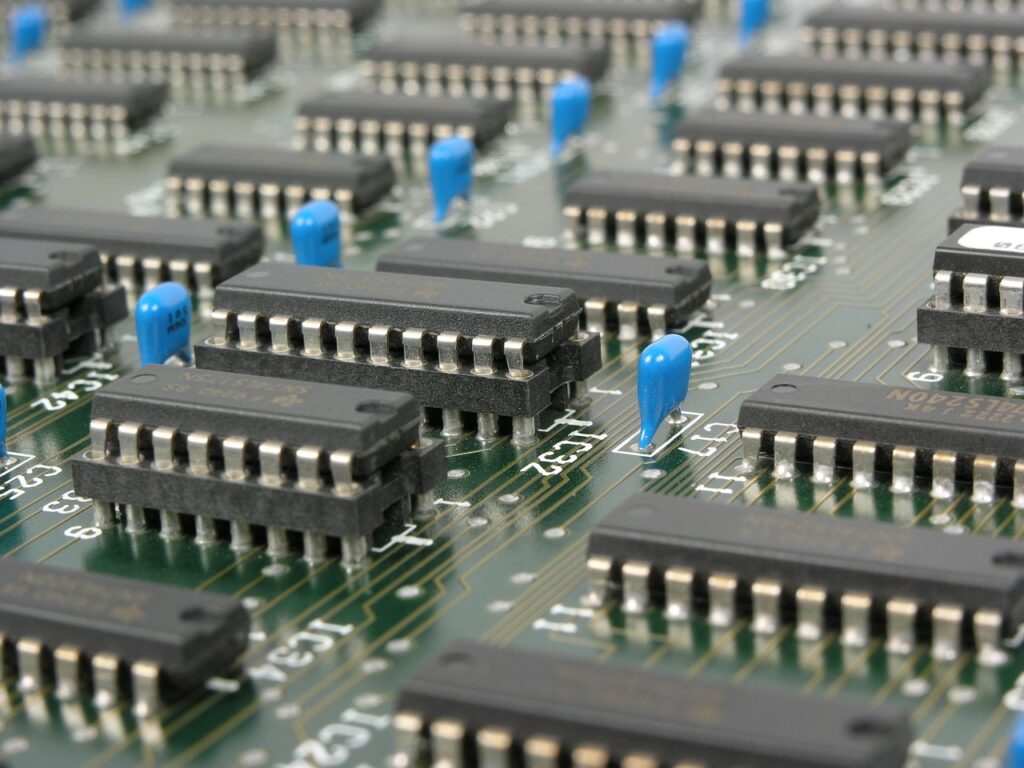
This image is property of pixabay.com.
The Best of Both Worlds: Combining TPUs and GPUs
Imagine a hybrid system that combines the precision of TPUs with the versatility of GPUs. Such a system holds the potential to unlock new levels of performance and efficiency in AI processing.
By integrating TPUs and GPUs in a single system, we can leverage the strengths of both technologies. TPUs can handle specific AI tasks that require dominant matrix computations and extensive training times, while GPUs can handle a wide range of tasks that demand flexibility and parallel processing capabilities.
This hybrid approach offers the best of both worlds, allowing for task-specific optimization and enhanced overall performance. Researchers and developers can benefit from the speed and efficiency of TPUs for complex matrix computations while leveraging the flexibility and parallel processing power of GPUs for other tasks.
Designing an Integrated AI System
Now that we have explored the potential benefits of combining TPUs and GPUs, let’s consider the design of an integrated AI system that incorporates both Google’s TPUs and Nvidia GPUs.
In such a system, high-speed memory is essential to ensure efficient data transfer and processing between TPUs and GPUs. Advanced cooling systems are also crucial to maintain optimal operating temperatures, as both TPUs and GPUs can generate significant heat during intense computational tasks. Additionally, a robust power supply is necessary to meet the power demands of both components and ensure consistent performance.
Careful consideration should be given to the integration of TPUs and GPUs within the system architecture. Efforts should be made to streamline data transfer and maximize the utilization of both components. These design considerations contribute to the overall performance and efficiency of the integrated AI system.
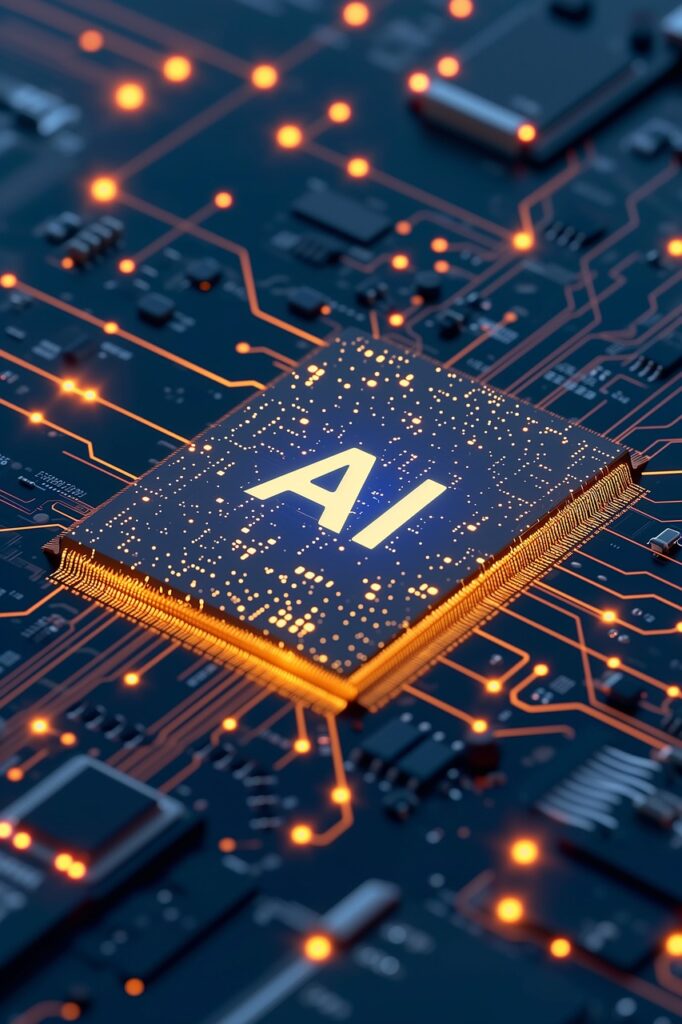
This image is property of pixabay.com.
Pros and Cons: A Balanced View
While combining TPUs and GPUs in an integrated system offers numerous benefits, it’s important to consider the pros and cons before making a decision. Let’s explore the advantages and challenges associated with using a combined GPU and TPU system.
One of the primary advantages of a combined system is enhanced performance. By leveraging the strengths of TPUs and GPUs, developers can achieve faster processing times and improved efficiency, resulting in quicker model training and inference.
Speed is not the only advantage, as task-specific optimization is another benefit. With the ability to offload specific tasks to TPUs or GPUs based on their strengths, developers can optimize their workflows for maximum efficiency. This approach ensures that each component is utilized to its full potential, resulting in significant performance gains.
However, there are also challenges and downsides to consider. Combining TPUs and GPUs can be costly, as both components tend to be more expensive than traditional CPUs. Additionally, the integration process and maintenance of such a system may require specialized knowledge, adding complexity to the development and optimization process.
Conclusion
In conclusion, CPUs, TPUs, and GPUs play vital roles in advancing AI technologies. TPUs have revolutionized AI processing with their specialized design and architecture, offering unmatched efficiency for complex AI tasks. Meanwhile, Nvidia GPUs remain versatile powerhouses, capable of handling a wide range of computational tasks.
By combining TPUs and GPUs in an integrated AI system, we can leverage the strengths of both technologies to achieve enhanced performance and task-specific optimization. However, it’s important to consider the challenges and downsides, such as cost implications and complexity. Understanding the distinct advantages of TPUs and Nvidia GPUs is crucial when envisioning AI system designs.
As AI continues to evolve and shape our world, the hardware components that drive these technologies play a crucial role in enabling their full potential. By embracing the advancements in CPUs, TPUs, and GPUs, we can unlock new levels of performance and efficiency in AI processing, paving the way for groundbreaking innovations in various industries.
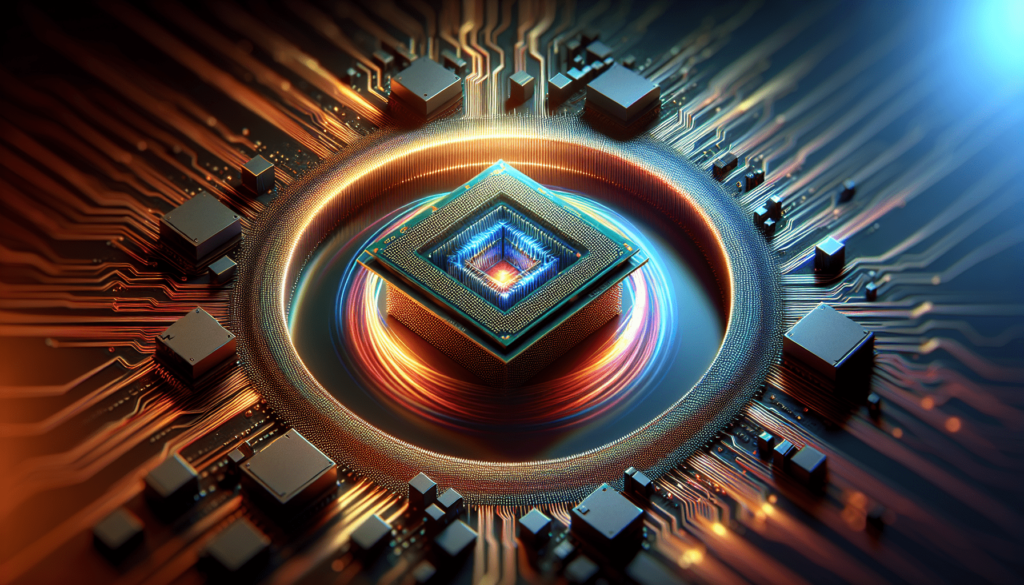
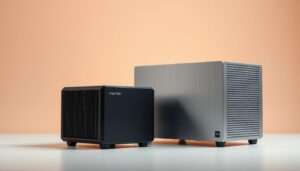






I loved as much as you will receive carried out right here.
The sketch is tasteful, your authored subject matter stylish.
nonetheless, you command get got an shakiness over that you wish
be delivering the following. unwell unquestionably come further formerly again since exactly the same nearly very often inside case
you shield this hike.